Legendary costume designer Edith Head once said, “Fashion is a language.”
The best costume design seamlessly weaves the aesthetics of an outfit into the themes of a story.
Here’s everything you need to know about the position including costume design school, costume designer salary, and how to become a costume designer.
WHAT IS A COSTUME DESIGNER?
As the title suggests, costume designers are responsible for creating and maintaining an actor’s wardrobe throughout a production.
Now the costume designer job description is not simply putting clothes on an actor.
The costume designer works alongside the director and cinematographer. They strive to enrich a character’s personality through the garments and accessories they wear.
For example, a character may have a change in personality or social status, and it
is the costume designer’s job to utilize the wardrobe in reflecting those narrative transformations.
In film, costume design helps to:
- Reinforce the style of the production
- Distinguish between major and supporting characters
- Showcase relationships between characters
- Highlight changes in character development

And to think, you used to need to be drained of blood to get this special effects makeup look.
An understanding of production, marketing, and fashion design are key areas a costume designer must have knowledge of.
WHAT IS THE COSTUME DESIGNER JOB DESCRIPTION?
While no two designers are alike, there are some practices that are commonplace during a production.
The costume design process starts long before the first stitch is made and the first jacket purchased. Costume designers are storytellers, not fashion designers. Their costumes not only need to look beautiful, they need to tell a story.
It all starts with the screenplay.
ANALYZE THE SCREENPLAY
Remember the costume designer job description includes storyteller first.
So the first step for the costume designer is to read the script and create a rough costume plot.
The costume plot is a chart that shows which characters appear in each scene, what they wear and their overall movement throughout the film.
The costume plot allows the designer to keep track of all the costume needs of the actors, and whether or not there will be any wardrobe challenges.
MEET WITH THE DESIGN TEAM
The best costume design understands the film’s style and vision.
To achieve this, the costume designer will meet with the director and design team (Production Designer, Hair and Makeup Artist, Cinematographer).
Having read the script, the costume designer may present rough wardrobe sketches to help jumpstart ideas.
This is also an opportunity for the designer to double check with the director about how many characters will need outfits.
Costume design jobs are all about collaboration, and it is the costume designer’s task to make sure the wardrobe compliments each aspect of the project’s design.
RESEARCH
Once the design team is on the same page, the costume designer will begin their research.
Like any other key member of the production, the costume designer is a world-builder, and will often start by dissecting the time and location the story takes place.
From there, the costume designer will determine the personality of each character through their individual wardrobes.
Here, color research plays a big role in tying character emotion to their costume.
Color, just like music, often conveys emotion quicker to an audience than words ever could.
PRELIMINARY AND FINAL SKETCHING
Once the research has been completed, the costume designer will create initial sketches for the production.
Like storyboards, these rough drawings enable the designer to get a better idea about the look of the characters, and how to maintain the themes of the world.
As soon as the director agrees to the wardrobe choices, the costume designer will launch into final sketches.
These renderings are typically composed using watercolors or acrylic paints.
Caption: The costume designer uses these sketches to help get a final idea of the outfit.
They’ll showcase the final look the costume design will have.
CREATING A COSTUME DESIGN BUDGET
Once the sketches have been completed, the costume designer will assemble a budget for the producer’s approval.
Like any line producer, the costume designer has to balance their creative vision with the practical needs of the production.
Beyond the basic costs of purchasing outfits, creating costumes, and tailoring, it’s important to include a line item in your budget for repairs and replacements.
Because no matter how careful you, the crew, and the cast are, you will have to do repairs.
Once the producer has approved (and likely cut) the budget, the designer to start bringing their vision to fruition.
BUYING AND BUILDING THE COSTUMES
As soon as the budget has been approved, the costume designer will begin collecting the necessary materials.
Costumes are purchased both new and used.
If required, a tailor will be brought in to work with the design team in sewing and creating the needed wardrobes.
But as many famous costume designers will stress, being able to sew yourself is vital.
SUPERVISE ACTOR FITTINGS AND DRESS REHEARSALS
With the proper costumes in place, the costume designer will attend dress rehearsals and supervise the actor fittings. This is where the rubber really hits the road and any final problems are discovered.
The costume looked and performed perfectly in the shop, but how does it look and perform on set? Are their mobility issues? Does it look differently under the gaffer’s lights?
Best to know now before the camera starts rolling.
It is costume designer’s job make sure any necessary alterations to the wardrobe are completed by the production start date.
DURING PRODUCTION
Once on set, the costume designer will continue to supervise fittings and make any necessary replacements and repairs. They’ll also ensure that the right version of the costume is handed out on the right days.
Close-ups? Pull out the “hero” costume. Stunts shot from afar? Maybe something a little cheaper and a little more durable.
They’ll also collaborate with the script supervisor to maintain continuity. Should it become necessary, they’ll make wardrobe adjustments and redress actors that need new costumes.
HOW TO BECOME A COSTUME DESIGNER?
Like many creative professions, learning how to get costume design jobs can be confusing. Everyone’s journey is different. Some come out of fashion, some come out of film school.
Some just pick up thread and needle and discover they have a knack for this. You’ll very rarely see a list of “costume designer qualifications” in a job listing.
But while every road is different, here are some common pathways in becoming a costume designer.
ENROLL IN A COSTUME DESIGN SCHOOL
Although there are no set requirement in terms of costume designer education, it is advantageous to enroll in a college program to acquire foundational design skills.
Some schools offer specific costume design programs, typically through film and theater departments, where students earn a BFA or MFA degree.
Other schools may instead focus on fashion design and fashion merchandising.
Courses such as these will provide would-be designers an appropriate introduction to the profession.
Here are some of the more notable design schools.
BECOME AN ASSISTANT
By now you can see that costume design jobs are not entry-level positions. If you’re wondering what the first step in how to become a costume designer is, consider what an entry-level position would be.
A common path for the aspiring designer right out of school is to become a design assistant or wardrobe trainee. If you’re still in school, you can even apply for costume design internships.
It’s a great way to add credits to your profile.
Eventually, your credits might start to speak for themselves and a smaller production will give you the chance to run the show.
But more than just improving your resume, working as an assistant is an invaluable chance to learn from working designers and network with your colleagues.
Add every production you work on to ProductionBeast. People will remember you if you did a great job, and when it comes time to staff up, they’ll seek you out.
And eventually, a costume designer too busy to take a job may put you up for it because you’ve impressed them.
IMPROVE INDUSTRY-SPECIFIC SKILLS
To acquire the best costume design jobs, you must possess both technical and creative skills.
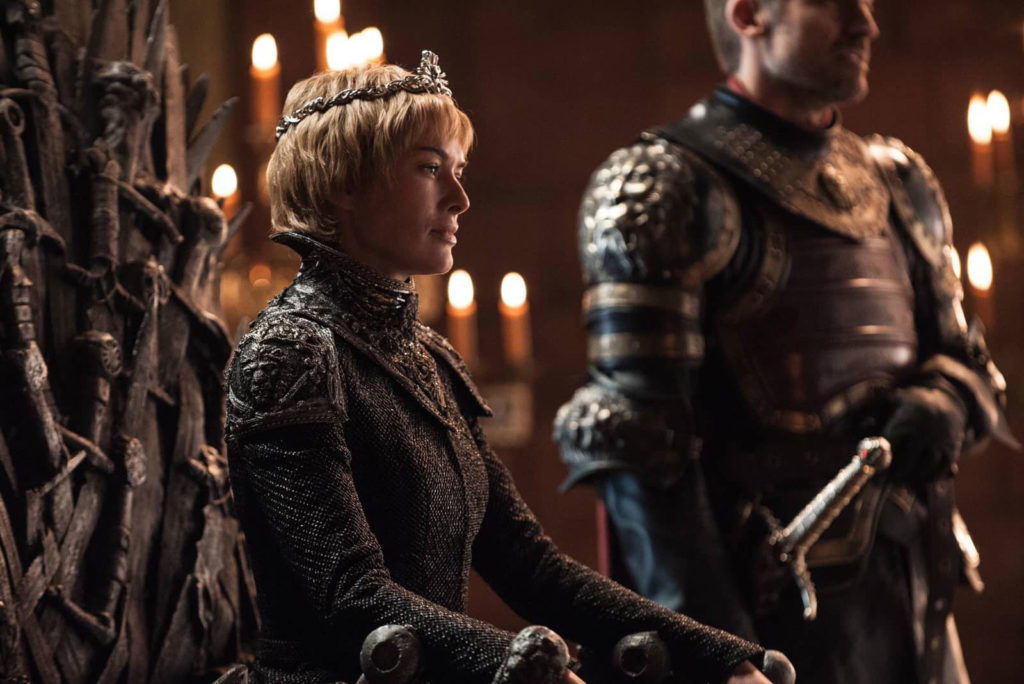
Creativity is essential for any costume designer. Game of Thrones (2017)
Here are some essential qualities that will move you a step closer to earning a Costume Designers Guild Award:
- Drawing/Design- A thorough understanding of the elements of drawing including perspective, composition, anatomy and color theory.
- Research Skills-Use books, museums, and the internet to track down reference designs and costume examples.
- How to Communicate a Creative Vision: Convey information briefly but specifically, and how it ties into the overall production.
- Knowledge of Fabrics and Their Construction-A working knowledge of seams, hems, darts, pleats and construction techniques such as pattern cutting and draping.
- Knowledge of New and Emerging Technologies- A comprehensive knowledge of costume history and contemporary fashion design.
Expertise in these areas will ultimately help to improve a costume designer’s salary.
BUILD A PORTFOLIO
Whether you’re applying for costume design internships or costume design jobs, you’ll have to create and maintain a portfolio of your work that you can upload to a personal website or your ProductionBeast profile.
Whether a series of still images or video of your costumes in motion, diversity is key for a portfolio.
Include multiple designs from several genres so that a potential employer can see you’re adaptable and work well in various areas.
Remember, in costume design you’re always telling a story, and this goes for building a portfolio as well.
Show the progression of your work from start to finish.
Start with initial sketches followed by photographs of the final product.
If you did multiple designs for a single production, include a variety from that collection.
This shows a client that you can work within a theme, but still be diverse and original.
There’s plenty of design portfolio examples to give you an idea of what clients typically look for and want to see in their costume design.
WHAT IS A COSTUME DESIGNER’S SALARY?
But enough of protips. You want to know what you’ll get paid for costume design jobs.
According to recent research, the annual costume designer salary is around $36,000 as of 2017.
Costume designer salary is largely based on experience. Westworld (2016)
Now keep in mind, costume designer salary is largely dependent on experience and geographic location.
Senior costume designers in major entertainment markets, such as New York and California, will earn around $63,000 annually.
Top-end famous costume designer salaries can go as high as $85,000. These are the kinds of people who win Costume Designers Guild Awards.
More information about costume designer salaries can be found by visiting the Bureau of Labor Statistics.
THE COSTUME DESIGNERS GUILD
The Costume Designers Guild I.A.T.S.E. Local 892 represents costume designers, assistant costume designers, and costume illustrators.
The guild protects its members by enforcing contracts, negotiating wages and intervening on members’ behalf.
Members of the Costume Designers Guild also have access to the Universal Costume Research Library, a vast archive of design books and magazines.
Even if you’re not a member, you can take advantage of the articles and videos section of the Costume Designers Guild website, which features interviews with famous costume designers explaining their craft and process.
They also have a Pick of the week article, in which the costume design of a current film is broken down and analyzed.
For producers, The Costume Designers Guild also offers an availability list of guild members for costume designer jobs.
And every year, the organization hosts The Costume Designers Guild Awards, a ceremony honoring the best costume designs by current members.
Whether you’re a current member of the Costume Designers Guild or not, this is a great resource to gain a better understanding of the craft and business of the costume design industry.
THE FINAL TOUCH
To quote Benedict Cumberbatch: “I’ve been quite a late developer on the clothes front, but I’ve suddenly realized it is one of life’s joys.”
Costume design is so much more than wardrobe.
Whether it’s a queen’s dress or an outlaw’s vest, costume design is vital in strengthening the themes of a story.
By mastering the skills described, you will not only add to your own creativity but will be one step closer to the costume designer salary you desire.
Still curious about costume design jobs and costume design internships? Sign up at ProductionBeast and find a set that needs your help today!
LIKE THIS POST? SHARE IT!
"How To Become a Working Costume Designer: Dressing For Success" #filmmaker, #filmmakers, #filmmaking
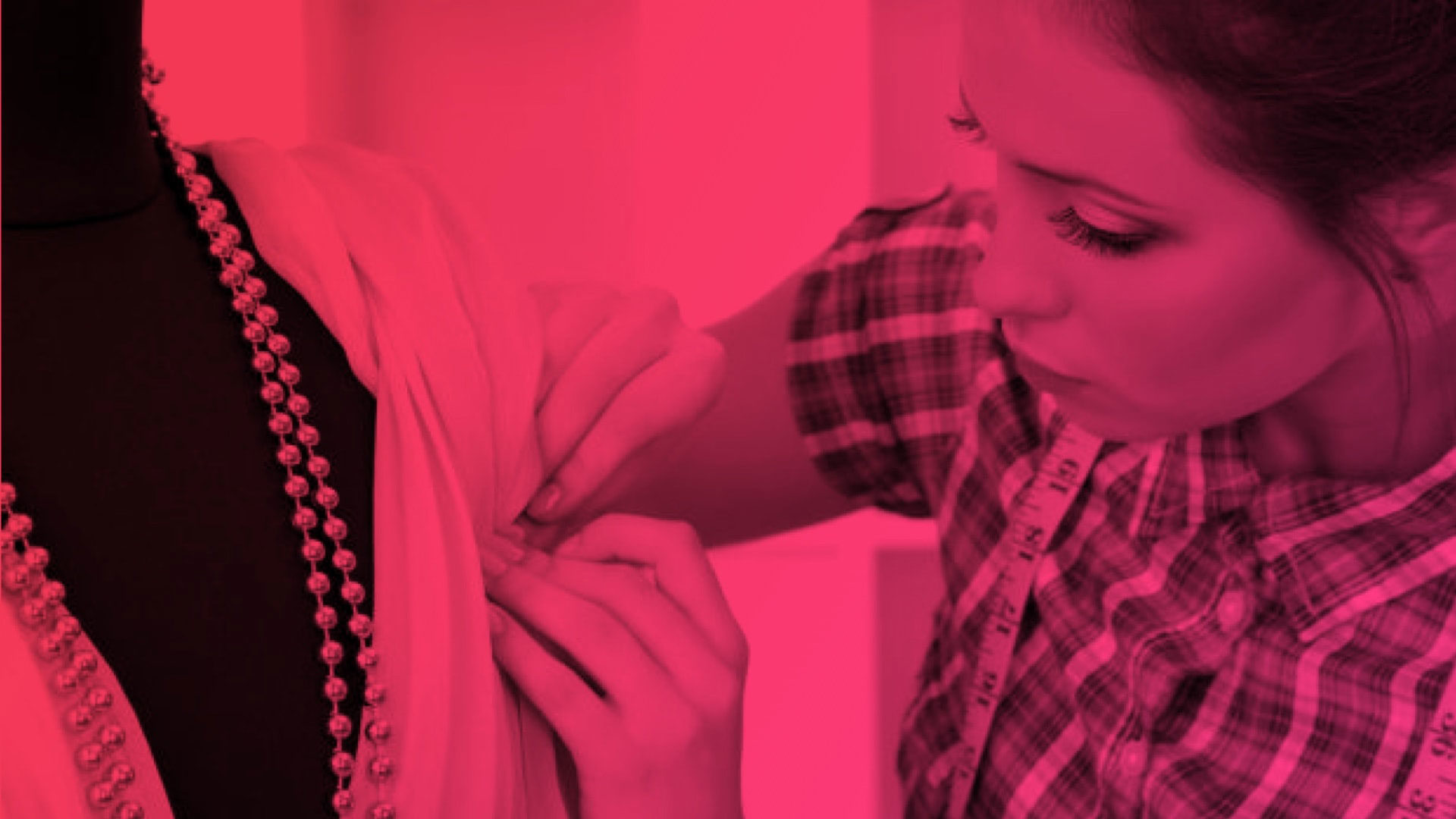



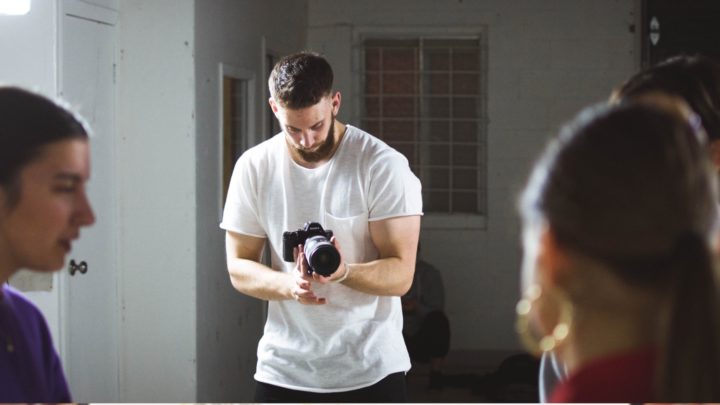
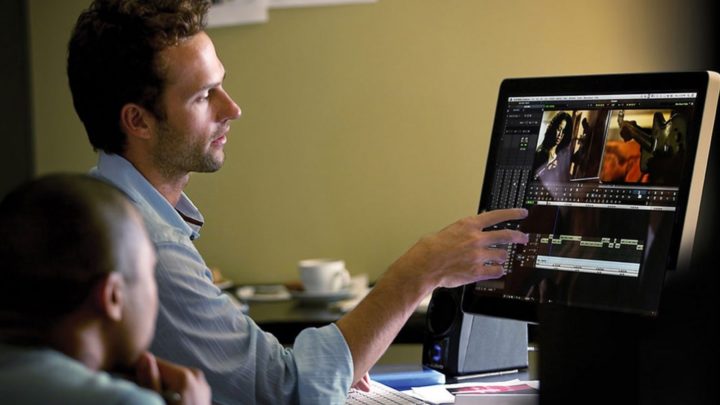

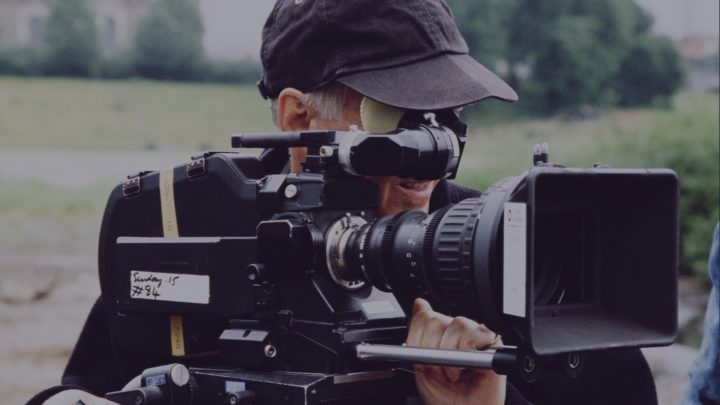
Really great article. Clear and simple. But think the salaries are much higher especially for designers at award levels.